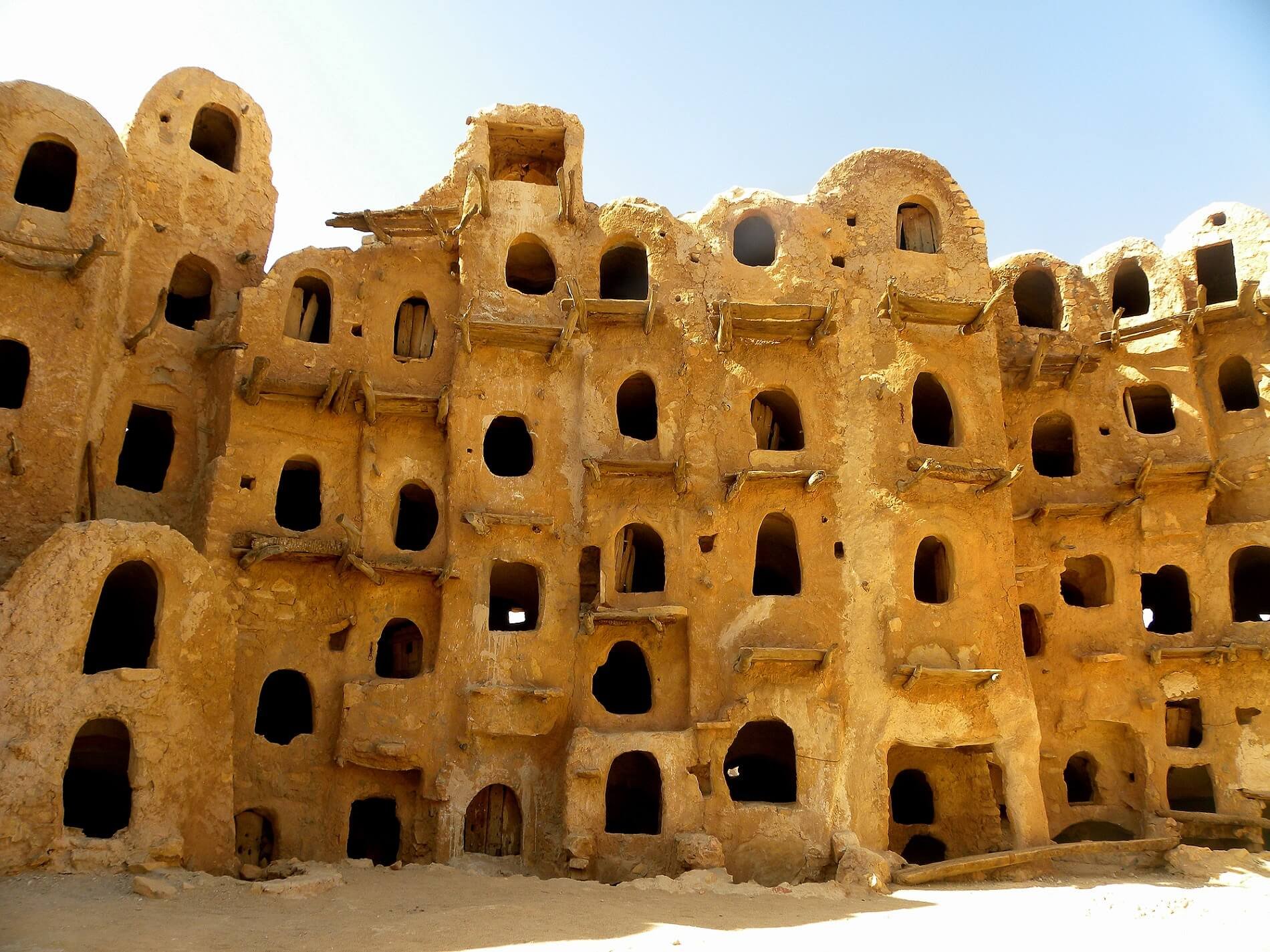To commemorate the four year anniversary of the start of the Arab Spring in Tunisia, I wrote an op-ed for Middle East Eye with Brian Klass seeking to explain why most of the 'revolutions' have failed, while Tunisia has been a striking success. By contrasting developments in Tunisia and Libya, we are treating the relevant topic of how banning former regime members from positions of power is deeply counterproductive and one of the primary reasons the Arab Spring has gone off track.
Four years ago, today, a young Tunisian vegetable vendor lit himself on fire in protest of life under a dictator supported by the West. He also lit a fire across the region, sparking what became known as the Arab Spring - a grassroots, anti-autocratic movement. However, the movement’s protagonists lacked a vision of what they wanted to build in place of the toppled dictators. Amidst the euphoria of dramatic political change, many actors simply sought to purge all vestiges of the former regimes. That strategy has largely failed and the Arab Spring has withered into a bleak Arab Winter....The United States is surprisingly implicated in these ideological battles. Prior to the Arab Spring, America had a checkered record when it came to promoting democracy in the Middle East. While preaching democracy, the US sold billions of dollars’ worth of arms to repressive dictators, including Tunisia’s Ben Ali and Egypt’s Mubarak. So, when the Arab Spring began, President Obama found himself in the uncomfortable position of celebrating attempts at democratisation born in the death throes of regimes the country previously supported. ...Looking back, the trajectory of the Arab Spring offers an enigma to Western policy makers and aspiring democrats: to avoid throwing the baby out with the bath water, even revolutionary movements aiming for democracy must forge alliances with reformist elements of toppled dictatorships. Eventually the Assad regime will fall, and Western policymakers will be presented with an opportunity to demonstrate what they have learned. To read the whole article click here.

